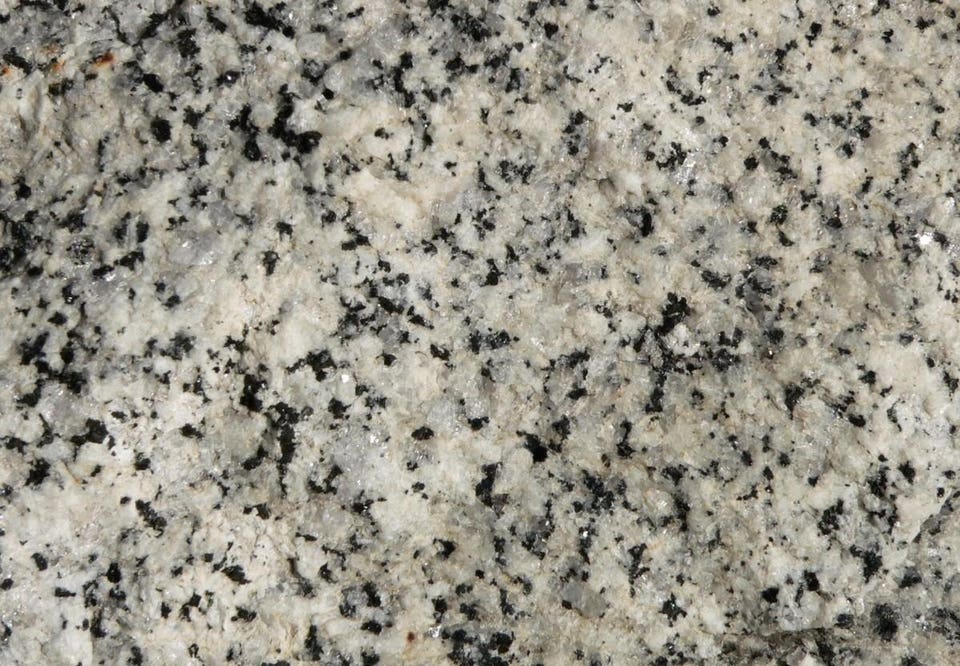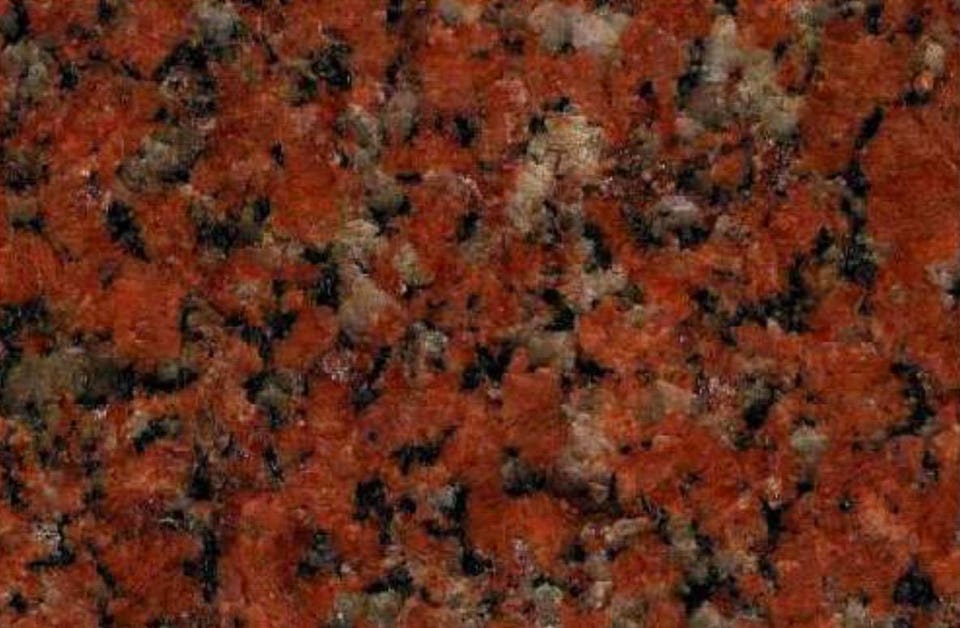25. Retirement Ramble (Granite memorial) EarthCache
25. Retirement Ramble (Granite memorial)
-
Difficulty:
-

-
Terrain:
-

Size:  (other)
(other)
Please note Use of geocaching.com services is subject to the terms and conditions
in our disclaimer.
The listed coords will take you close to the tall War Memorial. Also next to the war memorial to the right is a smaller memorial in the shape of a tomb stone.
The Educational element of this EarthCache is Crystal size in Granite and what influences the colour of the Granite.
Granite is an Igneous Rock.
What is an Igneous Rock?
An Igneous rock is formed by the cooling of Molten rock. Igneous rock comes in two categories: 1. Intrusive and 2. Extrusive.
1. Intrusive Igneous rock occurs when the cooling of molten rock occurs under the Earth's surface. As it cools under the Earth's surface it cools slowly which enables large crystals to form. The slower the cooling the larger the crystals form.
2. Extrusive Igneous rock occurs when the molten rock cools on top of the Earth's surface. As the rock is exposed to the Earth's elements such as rain etc the rock cools quickly and if crystals form they are usually quite small. Often not visible to the naked eye.
What is Phaneritic Rock?
A Phaneritic rock is an igneous rock whose macrostructure is made of crystals large enough to be distinguished by the naked eye.The Phaneritic microstructure is formed undergound when the molten rock cools and crystals grow.
What is Granite?
Granite is a Crystalline (Contains crystals) igneous rock which is made mainly of Quartz, feldspar, mica and a small trace of other minerals. Granite has to be at least 20% quartz to be called Granite. Granite is typically: 20-60% quartz, 10-65% feldspar, and 5-15% micas
Why are granite rocks different colours?
The relative ratio of different colored minerals in a granite is largely due to the original source of molten rock that cooled to form the granite. If the molten rock was abundant in potassium feldspar, the granite is more likely to take on a salmon pink colour. On the other hand, if the molten rock is abundant in quartz and some other minerals one may get a black and white speckled granite.
Below are some components of Granite and their colours:
-
Quartz - typically milky white colour
-
Feldspar - typically off-white colour
-
Potassium Feldspar - typically salmon pink colour
-
Biotite - typically black or dark brown colour
-
Muscovite - typically metallic gold or yellow colour
-
Amphibole - typically black or dark green colour
-
White Granite is composed primarily of Quartz and Feldspar. The small black specks in the granite above are likely small amphibole crystalss
A.

Pink coloured granite is a result of an abundance of potassium feldspar within the granite. One can see small specs of milky semi-transparent quartz, dark brown/black amphibole, and opaque white feldspar.
B.

Black and White Granite often has granite appears to have equal parts quartz, feldspar, and amphibole, making a speckled black and white granite.
C.

Red granite is a variation of pink potassium feldspar granite. In this instance the k-feldspar takes on a redder than pinker colour due to the colouration of the feldpsar crystals by the redder-coloured iron oxide mineral called 'heamatite' within them.
D.

So to the questions:
Please answer the questions and either email me the answers or message me. One can log the find straight after sending me the answers. If no answers have been sent to me or the answers are poor I will contact the cacher.
Question 1: Please describe the Granite used to make the tall memorial In terms of mineral content, colour and Crystal size.
Question 2: How tall is the tallest Memorial and how many pieces of Granite were used in its construction?
Question 3: Which labelled letter of the Granite above do you think represent the Granite used in the memorial?
Question 4: Do you think the Granite is Phaneritic? Please justify your answer.
Question 5: What colour is the Feldspar and what gives it the colour?
Question 6: What colour is the Feldspar in the smaller memorial to the right?
Question 7: Is the colour of the Feldspar in the smaller memorial to the right darker or lighter? Please explain what factors have determined this
Question 8: Finally there are four years at the top of the tall memorial. What is the third one?
Optional but desirable:
Please post a picture of yourself at GZ without giving away any of your answers.
References: Forbes.com, Geology.com, Wikipedia.
Additional Hints
(Decrypt)
Ynetr Zrzbevny. Fgnaq ba gur cnirzrag va sebag bs vg naq nqzver vg'f ornhgl.